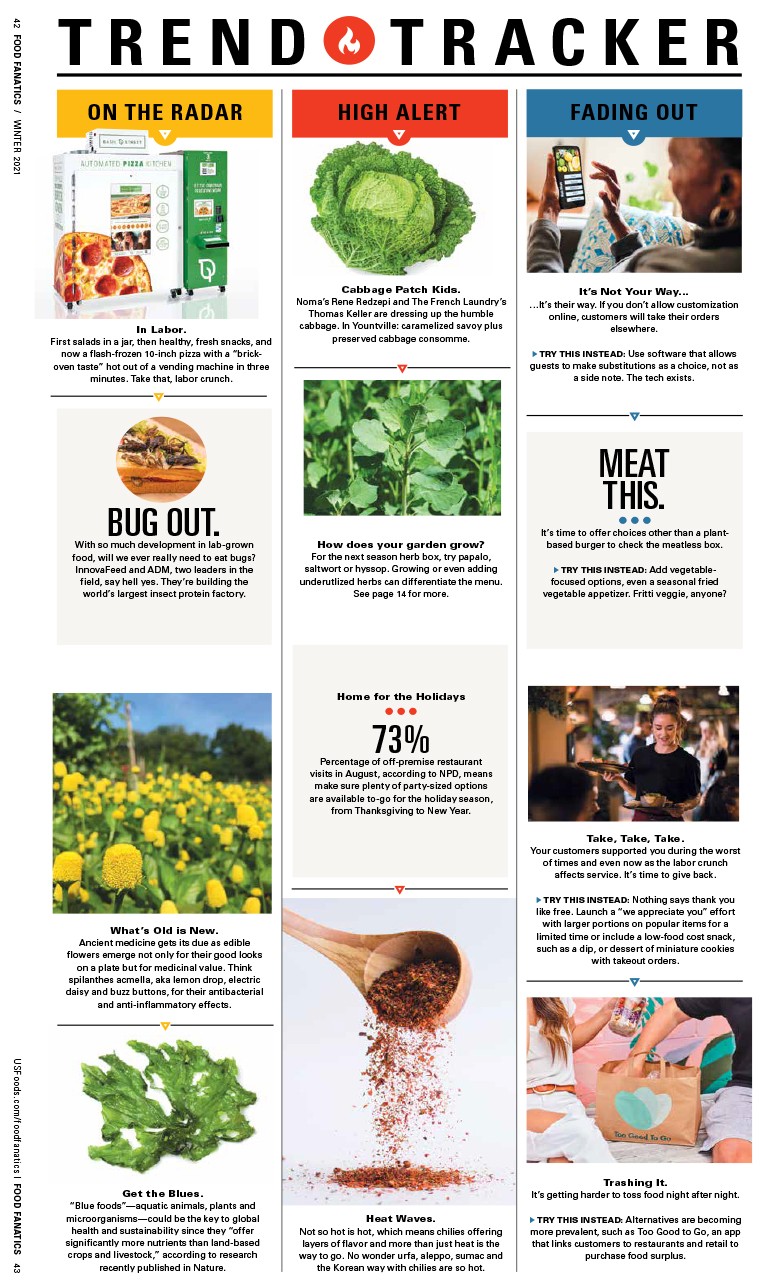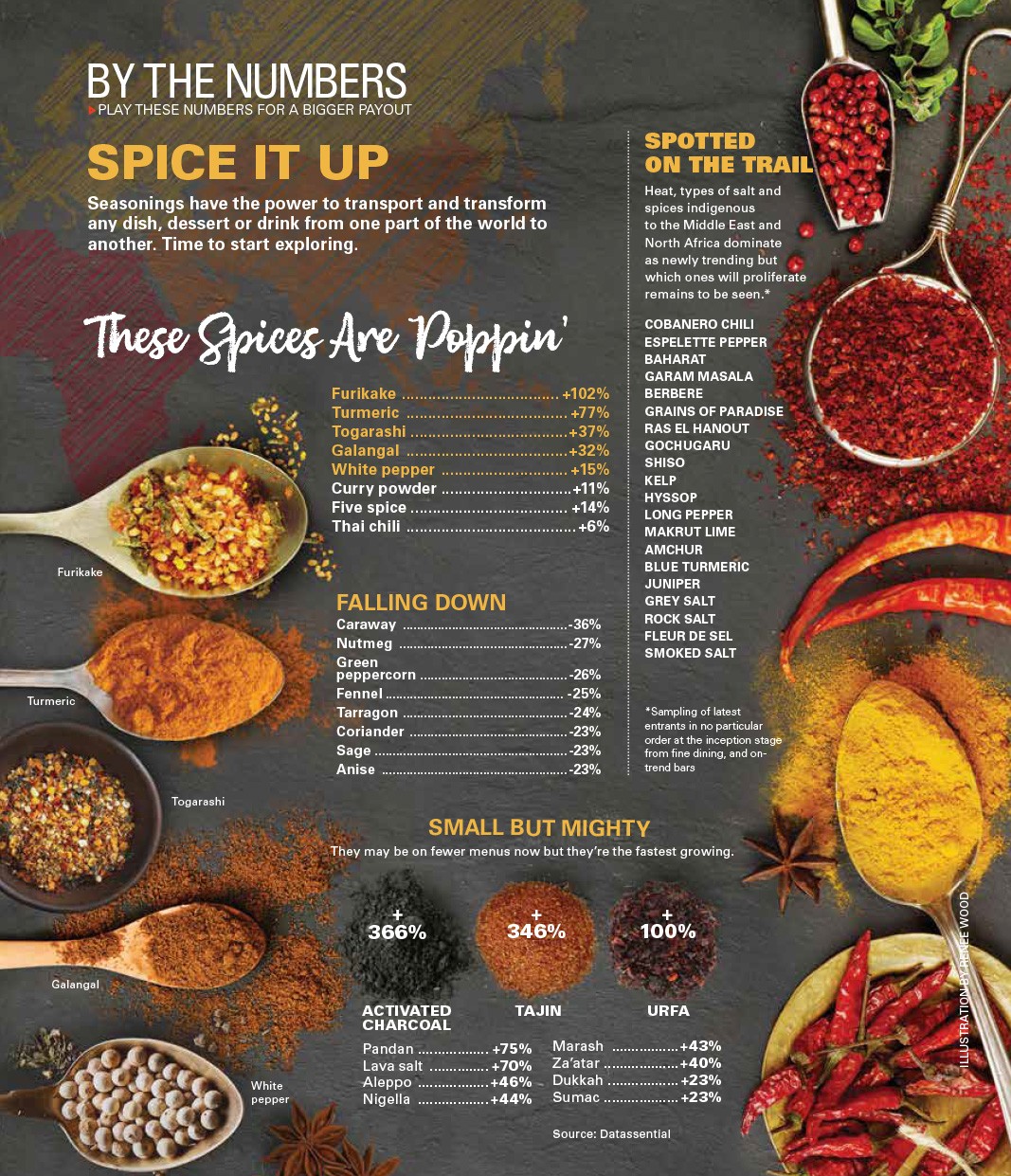Leave Big Data to the Big Restaurant Chains
Independent restaurateurs using analytic tools that focus on their needs
Big data is the buzzword of the moment, hailed as the way to mine information from the millions of transactions that businesses conduct every day.
That’s great for mega-chains like McDonald’s, Subway and Taco Bell. Big data services sift through thousands of gigabytes of data and identify key patterns within that jumble. But they can be pricy and ineffective for smaller operators that experience only a fraction of transactions in comparison.
“Don’t use an elephant gun as a fly swatter,” data expert Mark Herschberg says of leveraging big data programs to solve the needs of independent restaurants.
Instead, Herschberg, chief technology officer of Madison Logic, a New York-based data solutions company, and other experts, say independent restaurants and smaller multi-unit operators can use standard analytics tools. Better yet: They’re more affordable and offer a good return on investment.
“Some mom-and-pops are scared off by analytics, but they shouldn’t be,” says Jesse Marshall, vice president of Native Foods Cafe, a healthy fast casual concept with locations in five states plus Washington, D.C. “They don’t have to buy into this huge expensive infrastructure anymore. Everything is integrated now.”
Today’s analytics tools collect more than information; they create a holistic picture of sales, inventory and reputation that can help remedy a host of problems. Take a closer look.
Problem: How do I improve customer loyalty?
Solution: Analyze ordering patterns and create customized promotions.
Matthew Joseph, information technology director of national chain Fig & Olive, relies on Venga, an analytics tool that links point-of-sales data with OpenTable reservations to determine what customers are ordering.
With Venga, Fig & Olive creates profiles of guests to customize dining experiences. The information might include food allergies, wine preferences and the frequency dessert is ordered. This data is useful for personalized service that turns guests into devoted regulars.
Problem: How do I maximize profits from my wine and beverage list?
Solution: Track wine prices and beverage orders in real time.
At Rattan Pan-Asian Bistro in Houston, owner Ron Chen allows guests to swipe through more than 250 different wine selections on an iPad equipped with an analytics tool called Uncorkd. Uncorkd allows customers to search wines by keyword, read taste descriptions and view images. The backend, however, makes the most difference.
The system provides real-time feedback on which wines are searched and ordered, as well as pricing data about each bottle compared against other restaurants. Before Uncorkd, Chen sold 30 percent of his wine by the bottle and 70 percent by the glass. Now sales are an even 50-50. Uncorkd also saves time. Managers no longer type and print new wine lists, which saves up to six hours a week.
Problem: How do I fine-tune the skills of my wait staff?
Solution: Link together online critiques with hard data.
When Chef-owner Andrea G. Di Carlo opened her Norfolk, Virginia-based Italian restaurant La Bella in Ghent in 2007, she generated analytics manually from the POS system. A year ago, she started using Swipely, a system that fuses sales and customer data on one dashboard, to transform the way she trains her staff.
When a customer uses a credit card, Swipely records a wealth of data about the visit—what was ordered, who served the meal and more—and links it to the name on the credit card. Using the dashboard feature to monitor review sites such as Yelp, TripAdvisor and Google+, Di Carlo can review negative feedback and then work on improving specific skills of individual servers.
Di Carlo has nearly eliminated negative service reviews. Check averages are up about 7 percent, as servers can recommend specific food and wine offerings to regulars based on stored data.
Problem: How do I drive more traffic toward special events and holidays?
Solution: Implement a marketing strategy tied to free WiFi offerings.
Canadian chain Original Joe’s has found quantifiable success using Troglo, an analytics tool that creates targeted in-store messaging attached to the restaurant’s WiFi services. When guests log on to the restaurant’s free WiFi, they accept the terms of use and are sent to a landing page comprised of customized content such as new menu items or special events.
Last year, Original Joe’s ran targeted WiFi ads about its St. Patrick’s Day offerings and saw a 61 percent uptick in covers with those who saw the WiFi promotion compared with those who did not. Other event ads followed and continued to hit at an impressive rate, with as much as 7 percent of ad clicks tied to highlighted specials or event attendance.
Peter Gianopulos is a dining critic for Chicago magazine and an adjunct professor at Loyola University.



